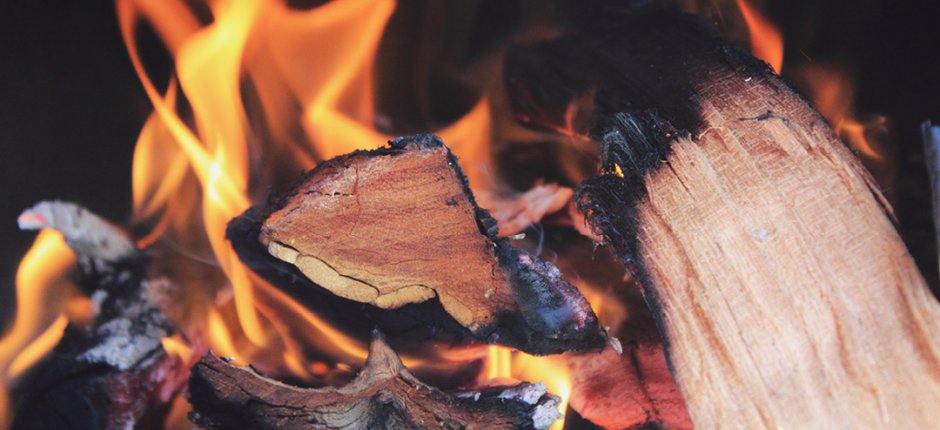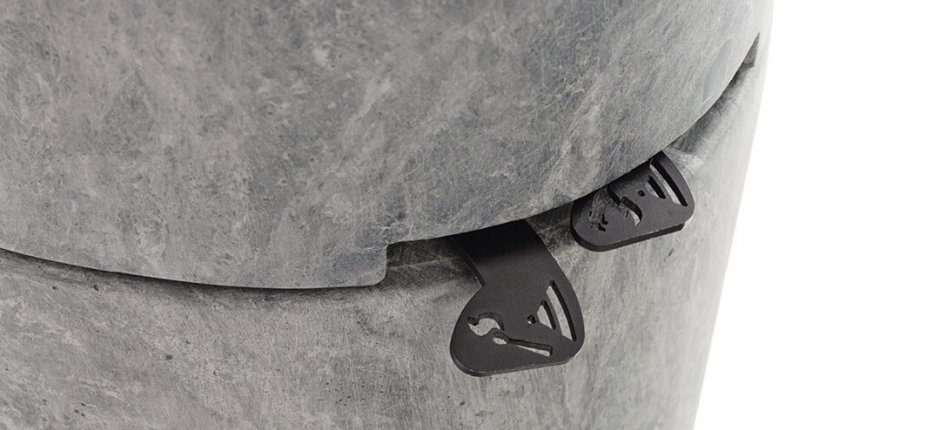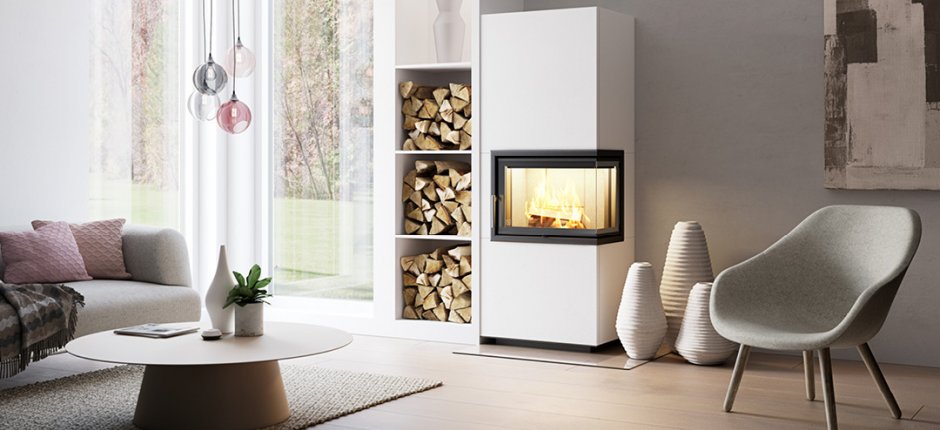Lighting a fire in a wood stove is an important cultural heritage
The feel-good of the flickering flames has been with us for generations. This tells us what a resource fire was to our ancestors many hundreds of thousands of years ago. Indoor space heating from wood burning is a cultural legacy that has never become outdated, although the heating methods have changed, and we have acquired new heating sources, new building traditions and more well-insulated homes.
Suspended particulate from wood burning - how much does wood burning pollute?
Suspended particulate consists of tiny bits of solid material from the combustion process carried through the air, and which can be breathed into the lungs. This and other sources of air pollution pose a major health problem in many urban areas across Europe, reports the European Environment Agency, and solid fuel stoves and fireplaces have been under pressure for many years because old, non-clean burn stoves release a high proportion of harmful particulate to the air.
Because the rate at which these old fireplaces is replaced is slow, and the density of suspended particulate matter is high in some urban areas on cold winter days, an increasing number of organisations are calling for a ban on burning solid fuel in non-clean burn stoves.
One major challenge is the fact that no international studies have been conducted to demonstrate just how low the emissions from clean burn technology actually are, and that no emission requirements have been set for new stoves available on the market today. In the absence of facts and actual evidence, wood burning generally, as opposed to the typeof wood burner, has been identified as the problem.
Wood burning in a log burner requires oxygen supply
When wood burns, gases are given off, and according to the Norwegian Institute of Public Health (NIPH) half of the energy (heat) stored in wood is in these gases. One problem is that a great deal of wood is burned with insufficient oxygen supply, resulting in incomplete combustion and high particle emissions. The Principle behind Clean burn Technology therefore revolves around the way in which the wood burns.
NIPH states that old wood-burning stoves release six times as many particles as new clean-burning stoves. Particle emissions from wood-burning can therefore be greatly reduced by replacing old polluting stoves with new clean-burning stoves.
Stoves and fireplaces with Clean Burn Technology
The implementation of regulations with the aim of reducing air pollution, accelerated the development of clean-burning wood stoves, fireplaces, and inserts. Scan Stoves have been dedicated to manufacturing environmentally friendly stoves, wood-burning stoves, and fireplace inserts through our innovative "Clean Burn Technology." Substantial investments in research and development have led us to develop a combustion technology that significantly surpasses the maximum requirement of 5 grams of particles per kilogram of burnt wood, ensuring cleaner emissions. Some models can show a particle emission close to 1 gram - which even the health and environmental authorities press to their chest.
The focus on the climate is a vital part of our societal mission to contribute to a sustainable planet. This is why we are deeply committed to explaining the importance of clean burn worldwide.
Sustainable heating with modern fireplaces
Wood is a biofuel and is considered renewable energy. Burning wood in a wood stove is considered climate neutral in the sense that forests are a renewable resource and that the CO2 released during wood burning is absorbed by the trees and forms part of nature's own cycle. When a tree rots naturally in the forest, it emits exactly the same amount of CO2 (the greenhouse gas carbon dioxide) as the same wood will emit when it is burned in a wood stove.
Replacing 5,000 kWh of electrical power from a coal-fired power station with wood/biofuel could cut CO2 emissions by 5 tonnes. This is equivalent to the CO2 emissions from two years of car-driving
Norsk Varme (industry association for environmentally friendly fireplaces)
In other words, a clean burn stove from Scan and correct fire lighting and fire tending technique will not increase your environmental footprint! This makes it all the more enjoyable to curl up with a good read by your stove or fireplace and take some time out to the sound of the crackling fire.
VIEW OUR CLEAN BURN WOOD STOVES AND FIREPLACES




